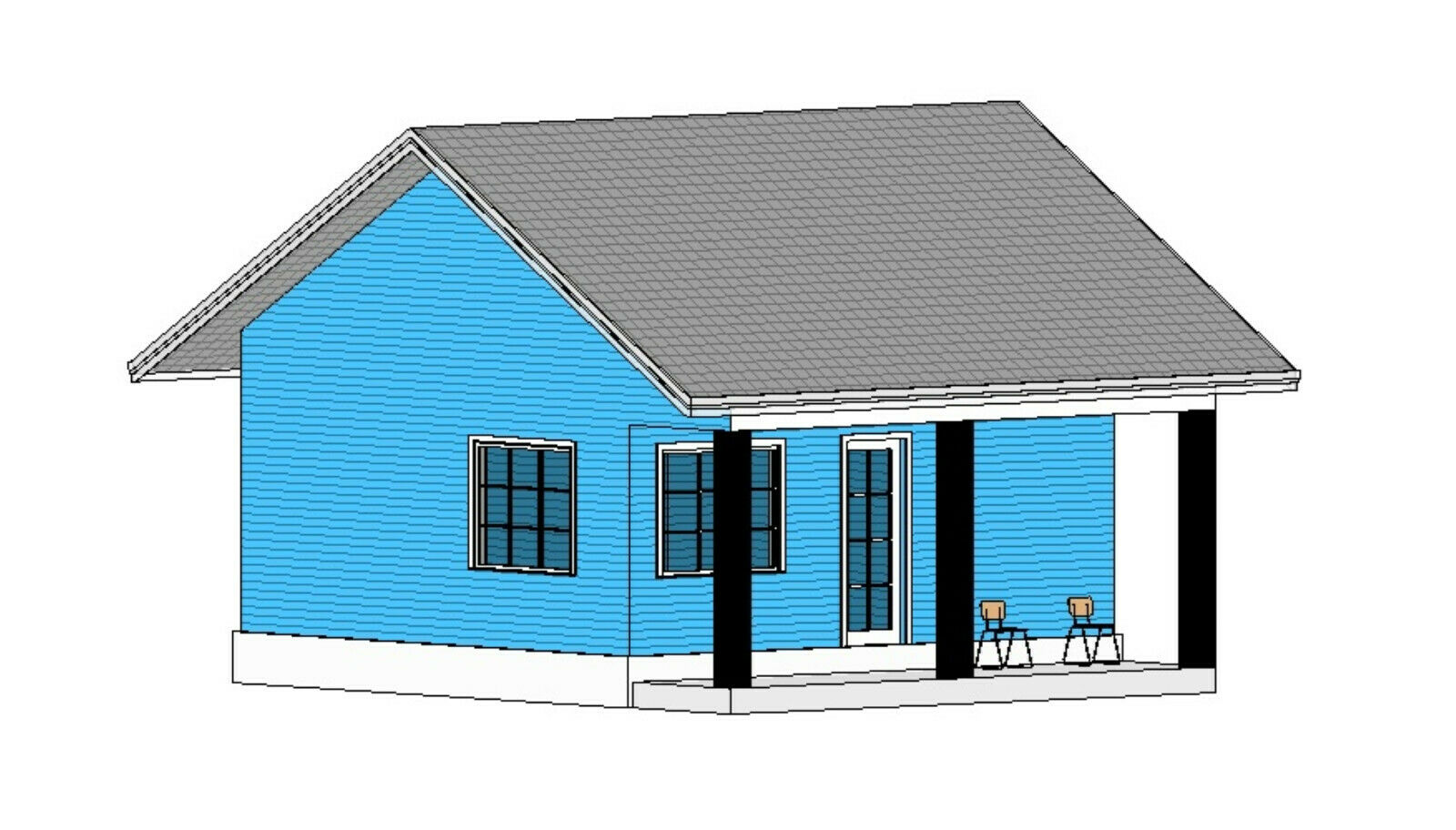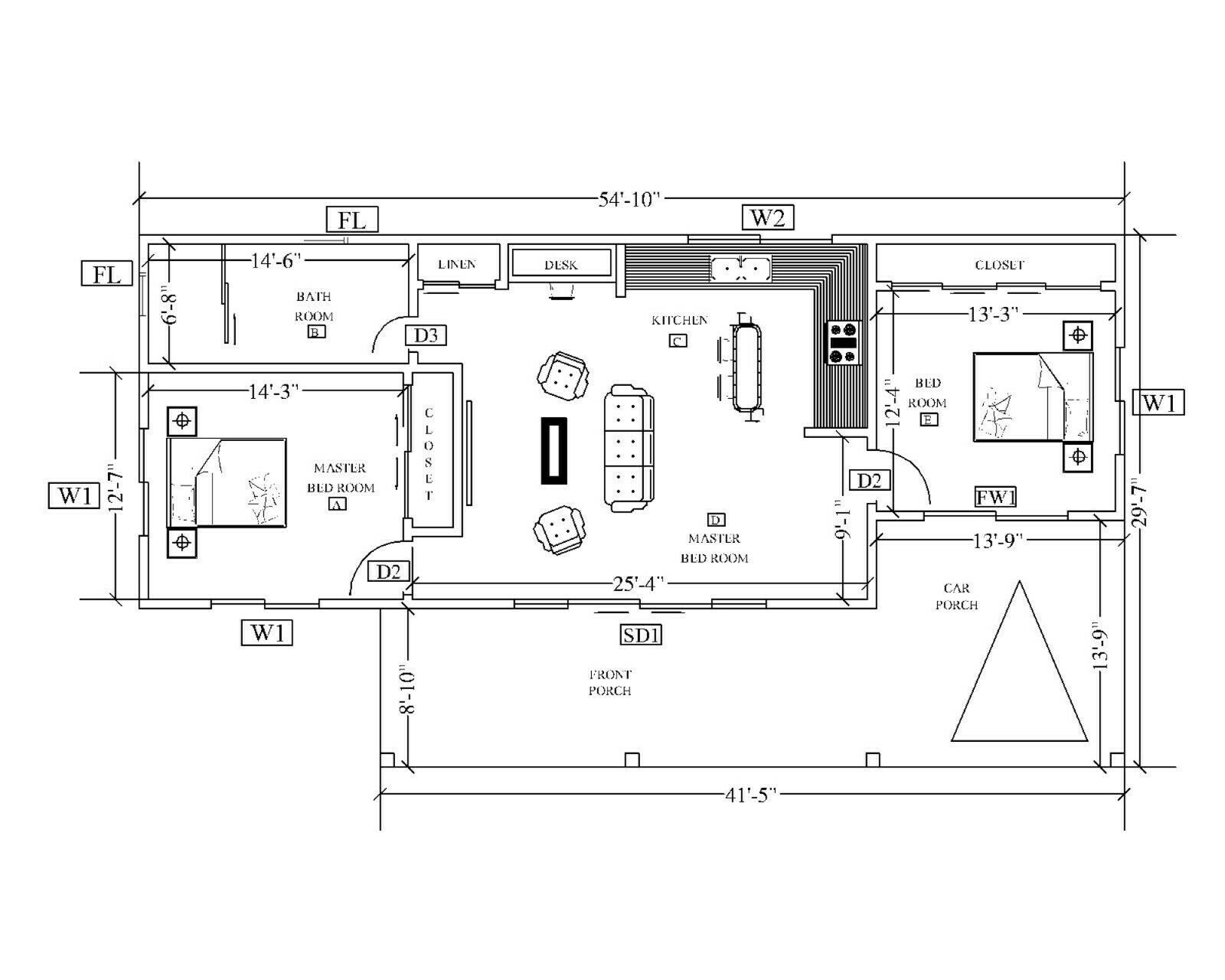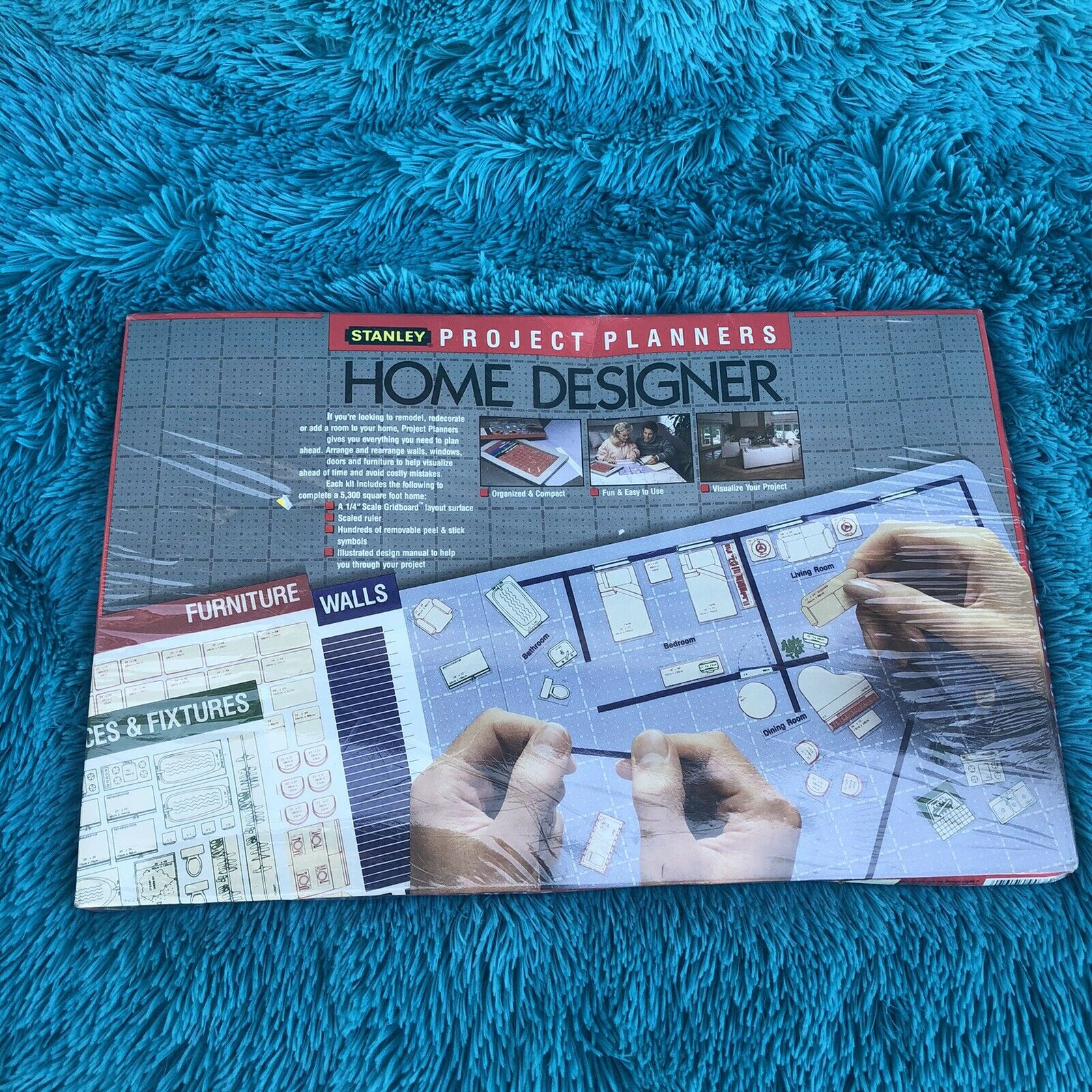-40%
Vtg 1952-54 NATIONAL HOMES Lafayette IN Modular Homes Plans Post WW2 Specs Draft
$ 22.78
- Description
- Size Guide
Description
Vintage Mid Century Post WW2 1952-54 NATIONAL HOMES of Lafayette IN Modular Homes Plans Elevation Specs Drafts for Returning Military American Soldiers and VA Loans.........nationalThis item has a 5 day Shipping/Handling time. When possible, it will ship earlier.
108 pages, some double sided. VERY HEAVY BINDER/BOOK. Can NOT be shipped Media Mail as per my Local Post Office.
PLEASE SEE ALL PHOTOS AND READ THE "CONDITION " BELOW BEFORE PURCHASE.
History:
National Homes became incorporated in 1940, and built prefabricated and modular houses, apartments, mobile classroom units, and mobile homes. It also offered financing and insurance to its buyers. It was revolutionary for its time, and it supported the American Dream of home ownership in the USA in the 1950’s. Prefabricated housing consists of components built in an off-site factory and assembled on the site of the house. This prefabrication made construction speedy: Once a foundation was laid, a house could be erected in two-to-five weeks. Family development during and after World War II relied on houses such as these.
From a newspaper article of the past:
"National Homes made great starter houses-perfect for returning GIs in the great U.S. housing boom. No one has done better than James Robert Price of Lafayette, Ind. As founder and boss of National Homes Corp., Price has succeeded where many others failed: he proved that a prefabricated house can be mass-produced and sold at a profit without looking like a Quonset hut. Last year Price sold 14,127 nonfarm houses; in 1954 he will account for one out of every 48 homes started."
But early sales were slow. Homeowners purchased the plot, poured a concrete slab, then constructed units starting at ,000 for a two-bedroom and ,400 for a three-bedroom in the 1940s. From 1941 through 1945, National built 7,500 single-family houses for war-plant workers and army officers. In November, 1948, the company introduced its ''thrift line'' two bedroom houses that sold for ,150 plus lot, and business took off. After the war, production was converted to a line of houses for the civilian market ranging in price from ,000 to ,000. Prefabbed schools were introduced in 1955 to fill the demand for more neighborhood classrooms. An eight-room school, costing ,444 per classroom, could be built in 21 days. In 1957, plans were announced for 1,000 homes on 300 acres on the south side of Schaumburg Road (Chicago?). Three models were available, ranging in size from 956 to 1,167 square feet and priced from ,900 to ,750. Terms on Veterans Administration loans for the houses were 0 down and a month. At one time, 27 models were in production. The firm introduced a new model line every year, much as car makers and fashion designers. During the 1954 National Association of Home Builders convention in Chicago, 12 men erected a National Homes house in one 8-to-5 shift. The 1956 production model could be erected by a six-person crew in 4 1/2 days. Demand among postwar buyers moving to the suburbs skyrocketed and so did National`s fortunes. With the addition of three- and four-bedroom models, the thrift line by 1950 accounted for 90 percent of the firm`s output.
The 100,000th National Home was built in 1956, the 250,000th in 1963. In 1960, the 200,000th house was shipped out. After attempting to re-structure in the late 1980s, the company filed for bankruptcy in 1991. However, a large amount of homes are still around, usually without the occupants even knowing it, even though the company is gone.
Condition:
Both the front and back inside covers have a 2" wide mottled stain mark from top to bottom of inner cover near the spine. It looks like water spots/mold, but does not clean off-and I am very sensitive to mold and have handled this item for a few days and have not been bothered. Maybe there was a strip of tape or something sticky along there? It is a very uniform discoloration, as though it was under a strip of tape. UNKNOWN cause or type of stain. PLEASE BE AWARE. See Photos. Otherwise in very good condition. No damage to the pages, all information clearly visible and undamaged. Old `1964 newspaper clipping about a new house design laid in loosely in the pages. PLEASE SEE ALL PHOTOS. The item's color as depicted in this listing should only be used as a guide, as your monitor may show the colors differently. Vintage items are not perfect.




















